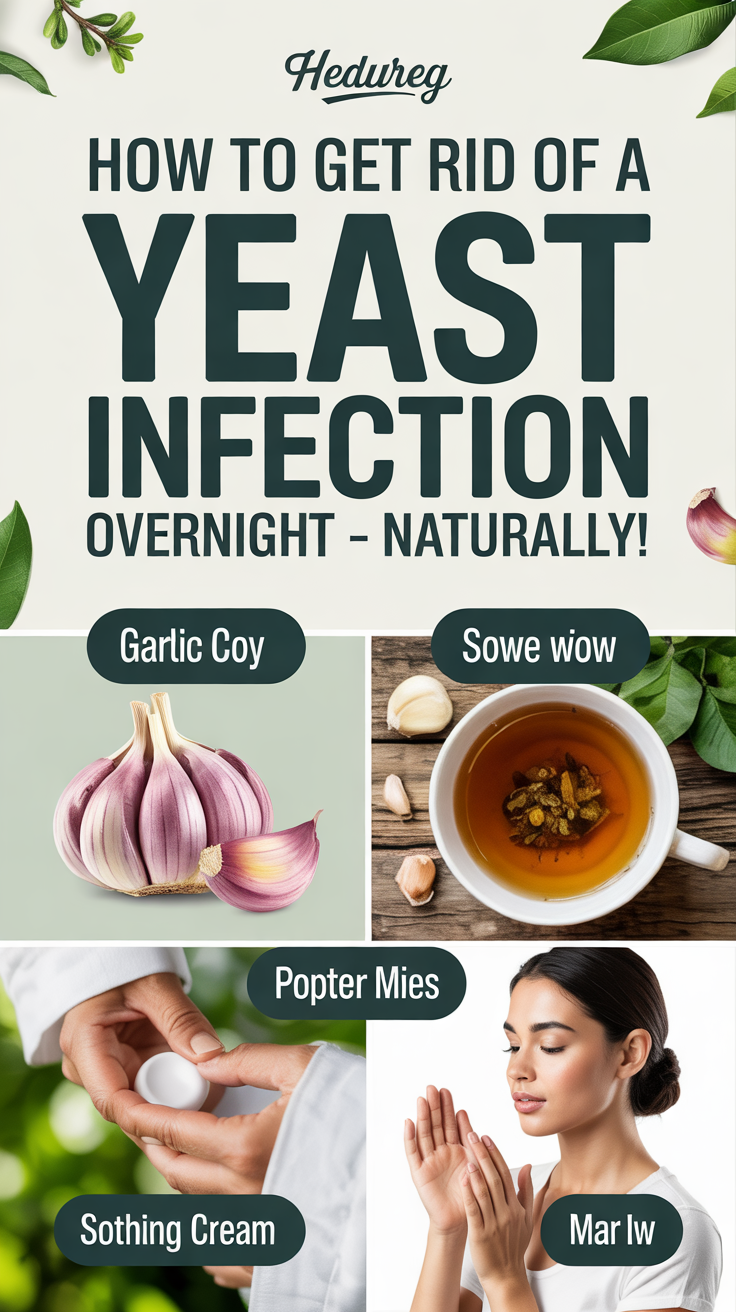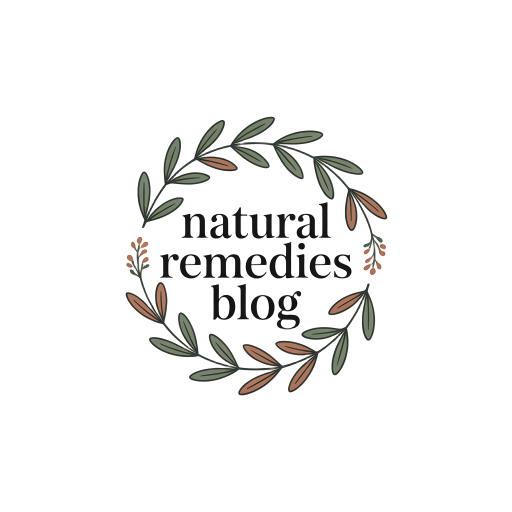How to Get Rid of a Yeast Infection Overnight – Naturally!
If you’re dealing with a yeast infection, you’re probably looking for quick and effective solutions. Fortunately, there are natural remedies that can help alleviate your symptoms and restore balance. From garlic’s powerful antifungal properties to the soothing effects of coconut oil, there are various options to explore. Understanding how these remedies work can make a significant difference in your recovery. Let’s uncover the most effective strategies to tackle this issue swiftly.
Understanding Yeast Infections and Their Symptoms
When you experience a yeast infection, it can be uncomfortable and frustrating, as this common condition often brings symptoms like itching, burning, and unusual discharge. You’re not alone in facing this; many people deal with the same issues. Recognizing these symptoms is crucial for seeking yeast infection remedies fast. Early detection can lead to quicker relief and a return to comfort. Additionally, understanding the causes of yeast infections can help you identify triggers and prevent future occurrences. While over-the-counter treatments exist, it’s also helpful to explore natural options that many have found effective. Apple cider vinegar is a powerful antifungal remedy that can effectively combat Candida overgrowth, and understanding what your body is going through can help you feel empowered and connected to others who share similar experiences.
Importance of Natural Remedies
Natural remedies can play a significant role in alleviating the discomfort of a yeast infection, especially when you’re seeking quick relief. Embracing natural solutions connects you to time-tested practices that many have found effective. These remedies often work gently, minimizing side effects while promoting balance in your body. Incorporating probiotic-rich foods into your diet can further enhance your body’s ability to combat Candida overgrowth. Additionally, maintaining healthy blood sugar levels can significantly reduce the risk of future infections. Regularly consuming plain yogurt with live cultures can provide immediate relief due to its antifungal properties.
Garlic: Nature’s Antifungal
Garlic has long been celebrated for its potent antifungal properties, making it a go-to remedy for yeast infections. When you incorporate garlic into your routine, you’re tapping into nature’s powerful defense.
You can consume it raw, add it to meals, or even use it topically for relief. Many find that garlic helps restore balance and reduces discomfort quickly. Additionally, garlic can enhance your body’s natural ability to combat infection by supporting a healthy immune response.
Plus, it’s a remedy that connects you with those who value natural healing. So, don’t hesitate to embrace this simple yet effective option. Trust that by using garlic, you’re taking a step toward reclaiming your comfort and well-being.
Coconut Oil: A Hydrating Solution
Coconut oil is a powerful ally in your fight against yeast infections, thanks to its antifungal properties and moisturizing effects. When you apply it, you’re not just soothing irritation; you’re creating an environment that’s less hospitable to yeast. Its hydrating qualities help restore your skin’s barrier, keeping it healthy and comfortable. Additionally, coconut oil’s antimicrobial properties can help protect against harmful bacteria and fungi, further supporting your healing process. Its rich content of medium-chain triglycerides can also provide quick energy while aiding your body in combating the infection. You’ll find it easy to incorporate into your routine—just a small amount can work wonders. Furthermore, its unique molecular structure allows for deeper penetration into the skin, enhancing its effectiveness in healing.
Apple Cider Vinegar: Balancing Ph Levels
When you’re dealing with a yeast infection, incorporating apple cider vinegar into your routine can be a game-changer. This natural remedy helps balance your body’s pH levels, creating an environment less hospitable to yeast overgrowth. You can mix one part apple cider vinegar with three parts water and use it as a gentle wash. Alternatively, adding a cup to your bath can soothe irritation. Moreover, apple cider vinegar contains probiotics that support microbiome health, which can further aid in controlling yeast growth. Research indicates that it enhances insulin sensitivity, which may also play a role in maintaining a balanced system. Additionally, its antimicrobial properties can help combat harmful bacteria and fungi. Remember to always do a patch test first to avoid any reactions. Embracing this simple solution can make you feel more in control, helping you reclaim your comfort and confidence quickly.
Probiotics: Restoring Healthy Flora
Probiotics are essential for restoring healthy flora and combating yeast infections effectively. By incorporating these friendly bacteria into your routine, you can help rebalance your body’s natural ecosystem.
Yogurt, kefir, and fermented foods are great sources. You might even consider taking a probiotic supplement to give your gut the extra boost it needs.
When your gut health thrives, it creates a supportive environment that discourages yeast overgrowth. Remember, you’re not alone in this journey; many have found relief through probiotics, making it a trusted ally in reclaiming your comfort and well-being.
Embrace this natural approach and feel the difference!
Tea Tree Oil: Antimicrobial Properties
Tea tree oil is a powerful natural remedy that many people turn to for its potent antimicrobial properties.
When you apply it, you’re harnessing its ability to combat yeast and bacteria effectively. You’ll find it can help restore balance and alleviate the discomfort that comes with infections.
Just a few drops mixed with a carrier oil can work wonders. Remember, though, it’s essential to do a patch test first, ensuring your skin won’t react negatively.
Baking Soda: Alleviating Discomfort
If you’re looking for a quick way to alleviate discomfort from a yeast infection, baking soda might be your go-to solution. This simple ingredient can help balance your body’s pH and reduce irritation. Baking soda’s alkaline properties can also disrupt the skin barrier, so it’s important to use it cautiously.
To use it, mix a teaspoon of baking soda in a glass of warm water and drink it. You can also create a paste with water and apply it gently to the affected area. Baking soda’s alkaline properties help neutralize harmful acids, promoting a healthier environment for your body.
Just be cautious not to overdo it, as too much can irritate your skin. Remember, you’re not alone in this; many find relief with baking soda, making it a trusted remedy for discomfort.

